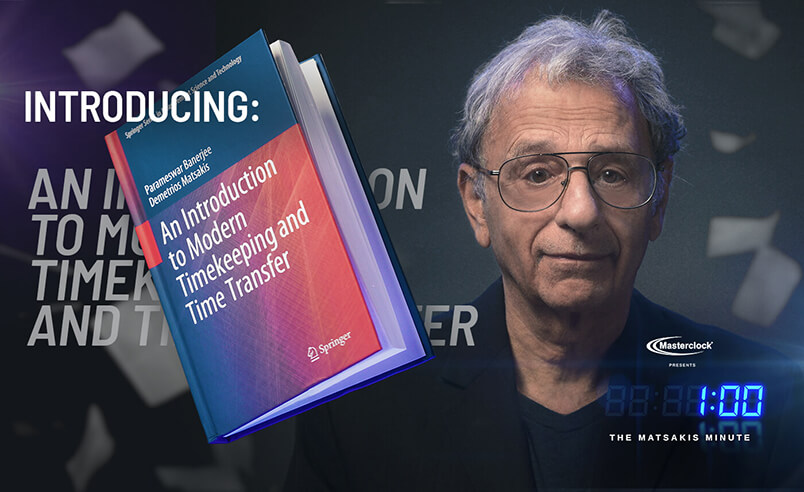Industry Literature - May 21, 2018
Click here to read the Department of Homeland Security’s memorandum about the upcoming Global Positioning System Week Number Rollover Event.
Are You Ready for the Next GPS WNRO (Week Number Rollover)?
Do your networks or systems use Coordinated Universal Time, or UTC? April 6, 2019, is probably a date worth marking in advance. Unlike a regular calendar event or holiday, this day will mark a special rollover of the GPS week number, or WNRO, that helps receivers tell time more precisely.
The only question is whether your devices will react to the rollover event properly. Here's what you should know.
Understanding What's Happening
The vast majority of people who deal with the global positioning system, or GPS, do so through the filter of software that's designed to heighten ease of accessibility. For instance, most consumers probably don't read the raw byte streams that tell their phones where they are. Your enterprise NTP servers most likely handle the translations from GPS time into human-readable UTC dates.
Week Number Limitations
While these extra layers of formatting are certainly convenient, their existence can make it easy to forget what's actually going on behind the scenes. All of the data fields in the standard GPS message format have limited capacities, and the WNRO is no exception. Since only 10 bits are allocated to this parameter, it can only store values up to 210-1, or 1023. After the counter ticks off the 1024th week, it goes back to zero, which is exactly what's happening on April 6 of 2019.
What Could Go Wrong?
This won't be the first time that a WNRO rollover event has occurred. The last one happened at the stroke of GPS midnight on August 21, 1999. Interestingly, this was at around 23:59:47 UTC due to the 13-leap-second offset between UTC and GPS Time.
The previous rollover wasn't some catastrophic disaster. Planes didn't suddenly start falling out of the sky, and network timestamps didn't begin failing mysteriously en masse. For the most part, the millions of users who depended on GPS devices for time and positioning were able to continue life as usual. This doesn't mean, however, that you can afford to ignore the coming transition in the hopes that everything will just keep ticking.
WNRO-based software failures and faults date back decades. Experts also note that they may be extremely difficult to predict. Since receivers have to analyze GPS data properly byte-by-byte, they must be programmed correctly. Also, WNRO parameters appear in multiple places throughout the standard GPS message, including in eight-bit formats that help receivers calculate appropriate UTC conversions. A seemingly minor misinterpretation of the WNRO after a rollover might lead to a number of different failure modes that catch you completely off guard.
Are You Rollover-ready?
Writing your own software or device firmware to deal with the change is a gargantuan task. Such modifications aren't for the faint of heart, and if your organization depends on reliability, they're probably not worth the risk, time or expense.
How can you cope? The U.S. Department of Homeland Security recommends that you start by assessing the operational areas where you use GPS to calculate UTC. You should also get in touch with your receiver's manufacturer to find out what you'll need to do to update your firmware and keep your device in working order.
The best option for keeping things accurate is to stick to using compliant devices, or those that satisfactorily undergo rollover testing and include appropriate updates. Masterclock products are specifically designed to maintain their robustness and reliability in the face of coming WNRO rollovers without issues for users. To learn more about the world's best precision-timing devices, check out our GPS timing devices:
Questions? Contact Masterclock today to speak with a timing expert.
Return to Knowledge Center to learn more.

